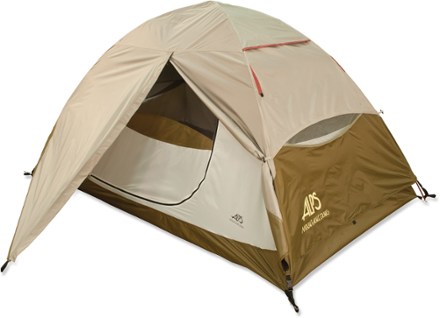We all have a soul home.
Mine happens to be Big Sur, on the cliffs of
the Pacific in that mystical zone branded by fire and fog, midway between San
Francisco and Los Angeles. Though I have often longed to, I have never lived in
Big Sur; in fact, I have only visited on three occasions, but it is one of
those places on the planet that continually calls to me. I know with complete
certainty that it is a "home place," somewhere I unquestionably
belong.
In Big Sur, I am dazzled, always, by its wild,
poetic beauty, the expansiveness of the sage-scented Santa
Lucia Mountains, the 300,000 + acres of Los Padres National Forest and
Vendana Wilderness that envelope it. I'm drawn by its remoteness and
un-self-conscious-ness, its artistic outlaw history, its raw and enigmatic
power.
And then, there is the sea, the
ever-sensational sea, in a Van Gogh dance of light and foam and sparkling
blue-green stars. Artist Francis McComas claimed it the "greatest meeting
of land and water in the world." I must concur. I never fail to be affected,
on a very physical level, by the intense visual shock of standing and looking
out to sea at Big Sur.
Tassajara Zen Mountain Center, the first Zen
monastery in the United States was founded here. And of course, Esalen Institute and Nepenthe Restaurant,
beloved by all visitors to Big Sur, continue their traditions. The original
beatnik and hippie shacks from the 50s and 60s have long since been replaced by
multi-million-dollar homes, but the artist vibe remains strong. Good enough
reason to dream of living among the grayed pines and old-growth redwoods, the
live oaks and alders.
It was not necessarily a pleasant notion, to
think of being completely adrift, but more and more it began to stir me, excite
me, and flood me with creative ideas surrounding what might be next in the
cards for me. It was then that the the concept of a Zen Gypsy adventure
began to take form.
It is not surprising that writers, artists and
musicians—Jack Kerouac, Joan Baez, Hunter S. Thompson, Lawrence Ferlinghetti,
Orson Wells, Henry Miller, Robinson Jeffers, Richard Brautigan (remember him?)
to name a few— have universally craved the solitude of Big Sur.
To belong, perhaps, is at the heart of having a
sense of place. Belonging, being beloved, being known—all of these things are
critical to human well-being. "Home place" is wherever that is felt
deeply and lodged in your bones. It's not necessarily where you were born or
raised, but where you have come to feel your soul at rest—where it finds
comfort, nourishment and spiritual safety.
I have asked myself what it means to be
untethered, without a physical home, to be a gypsy. Although I have been
uprooted, sometimes rather unexpectedly and dramatically, a number of times in
my life, in 2016 the idea of homelessness increasingly began to occupy my
thoughts.
There were several convergences that
contributed to the manifestation of the Zen Gypsy Van itself. After the death
of my father in 2014, I found a wonderful therapist, who re-parented me in a
way that allowed me to see my life story much more clearly. I wrote and
published a book of poems, matsu.kaze: the wind in the pines, a
cathartic celebration of my father and a hymn to the ethereal beauty of the
North Carolina Sandhills, the land of the Longleaf Pine.
Around the same time, I turned the big 6-0, and
a two-year engagement came to a necessary, and thankfully amiable close. My
daughter and her family had relocated in Florida, and I found myself, suddenly,
alone. As a book publisher, I had just finished putting into a print a
memoir, A Southern Pines Life, by
Norris Hodgkins, one of the town's early developers. He was about to turn 90,
and his panoramic knowledge and contributions to Southern Pines truly inspired
me. It was he who started me thinking about what "home place" really
meant. He used this term frequently in relation to both the physical and
spiritual sense of where he belonged and he never seemed to doubt its validity.
It truly woke me to many questions about where it was I really wanted to
be.
At that moment in time, I was unlike anyone I
knew entering their 6th decade. My children were grown and on their own; I had
no life partner; I wasn't currently caretaking a parent or elder; I no longer
owned a home or, in an attempt to minimize my carbon footprint, many
possessions. Most fortunately, my company would allow me to live just about
anywhere in the world. One morning, I awoke realizing that the only limitations
I had were ones I might conceivably construct for myself.
Clearly, it was time to envision a totally new
road.















